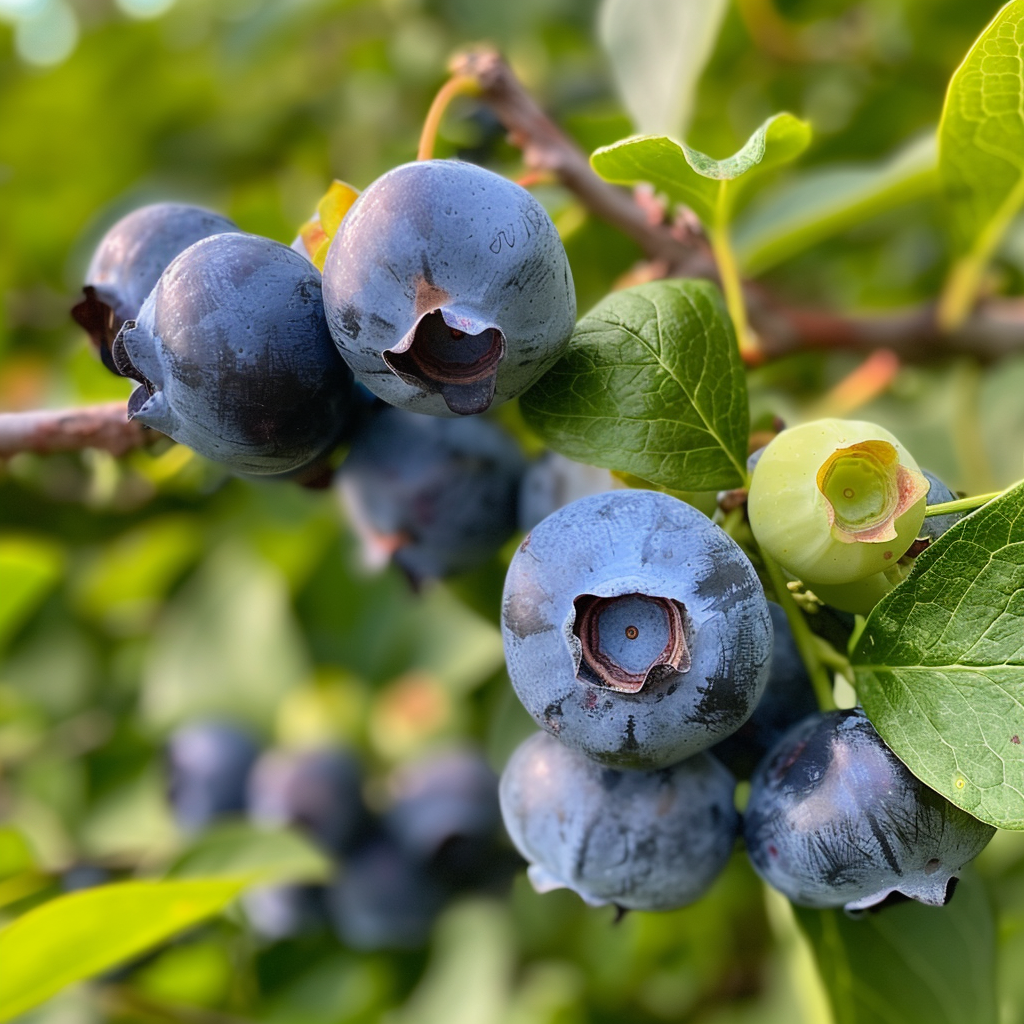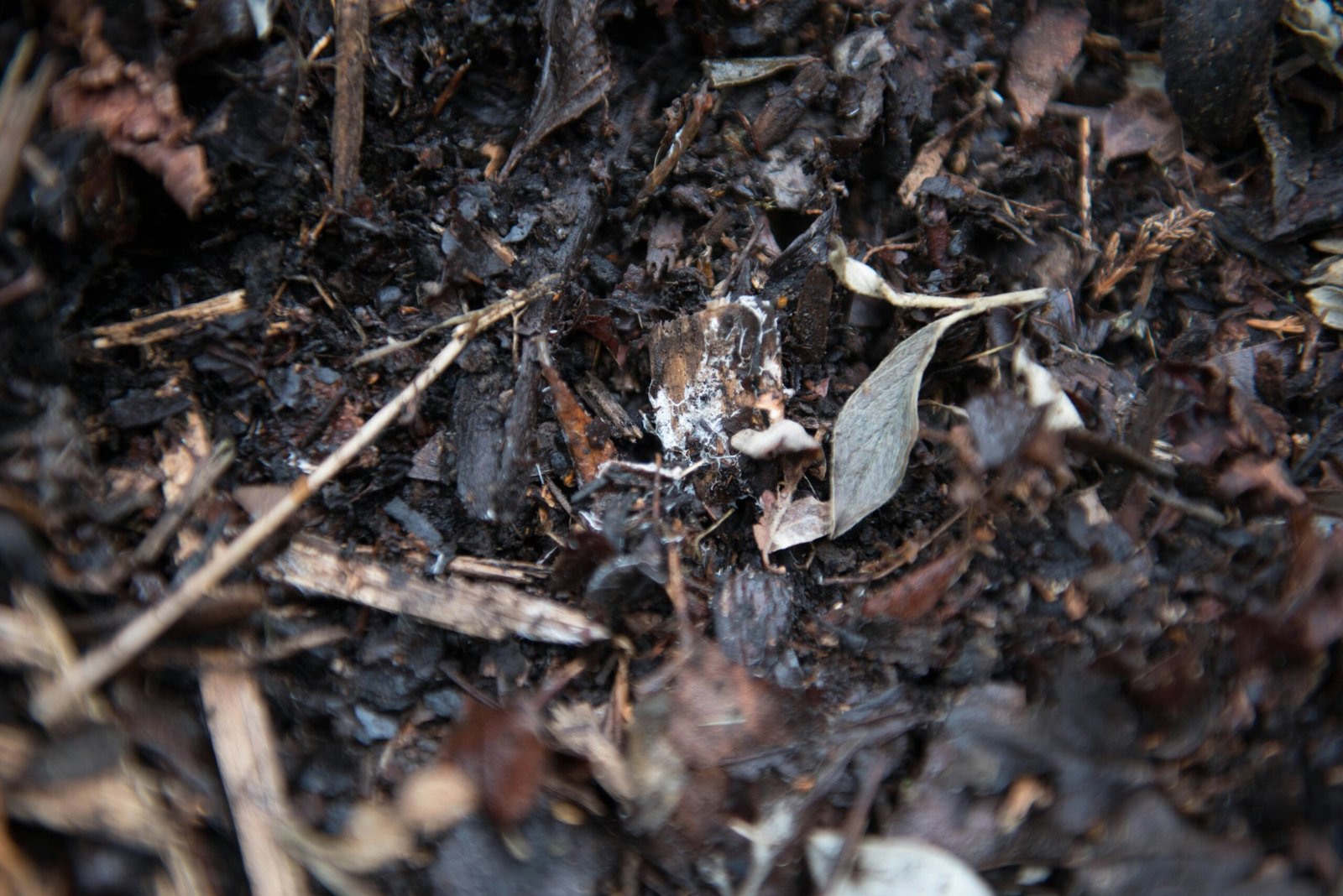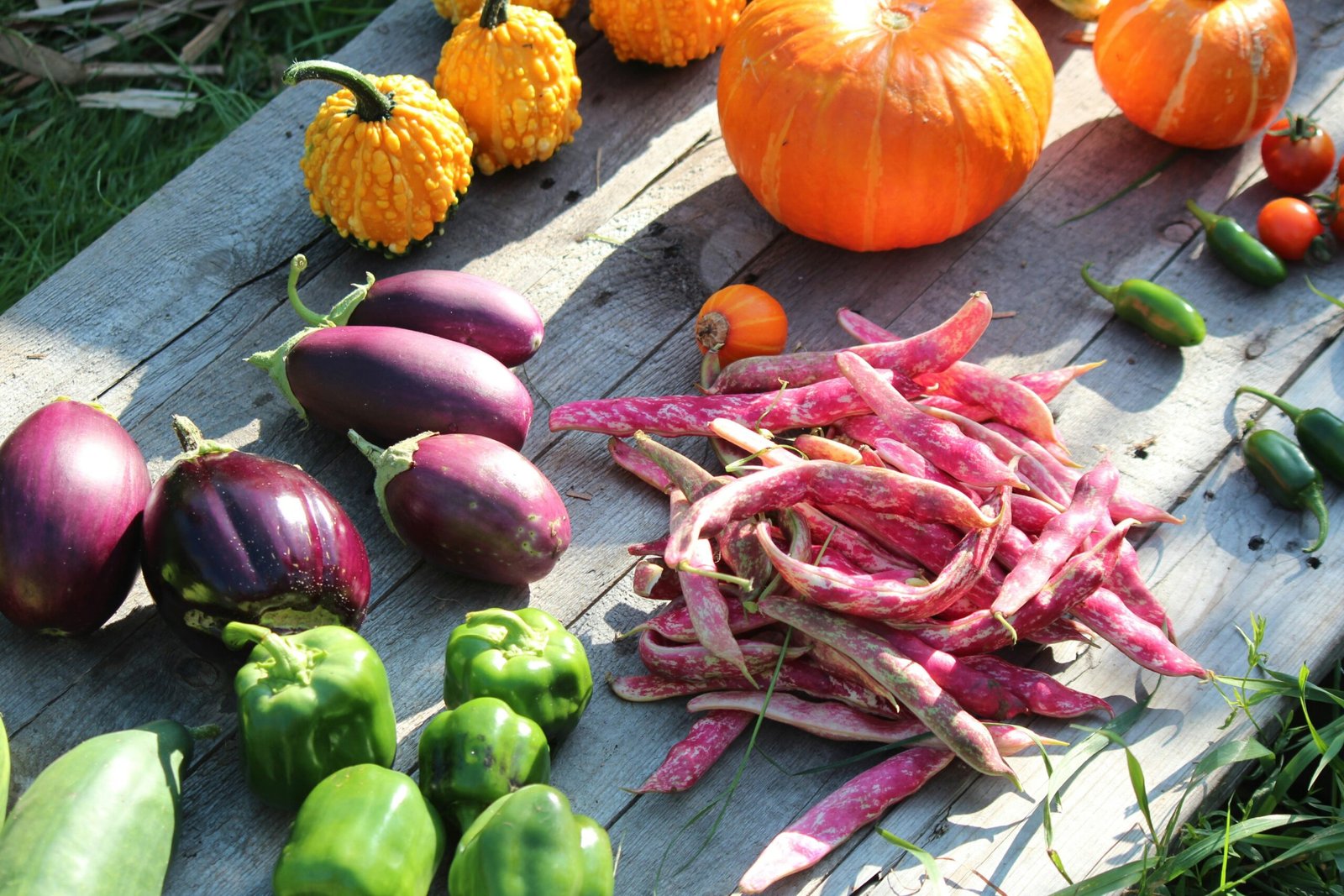Are you dreaming of plump, juicy blueberries straight from your own backyard? Look no further! In this complete guide, we’ll walk you through the steps of growing blueberries on your homestead. From selecting the right varieties to maintaining optimal growing conditions, we’ve got you covered.
1. Choosing the Perfect Varieties
Before you start digging, it’s important to select blueberry varieties that are well-suited to your climate. Blueberries come in different types, including highbush, lowbush, and hybrid varieties. Research which types thrive in your region and choose accordingly. Remember, happy blueberries mean a bountiful harvest!
2. Preparing the Soil
Blueberries love acidic soil, so it’s time to put that pH tester to good use. Aim for a pH level between 4.5 and 5.5. If your soil is too alkaline, you can lower the pH by adding elemental sulfur or acidic organic matter like pine needles or peat moss. Prepare the soil by incorporating these amendments and mixing them thoroughly.
3. Creating Optimal Growing Conditions
Blueberries thrive in full sun, so choose a location that receives at least six hours of direct sunlight a day. Make sure the spot has good drainage to prevent waterlogged roots. Consider using raised beds or mounds if your soil doesn’t drain well. Blueberries also appreciate a layer of mulch to help retain moisture and suppress weeds.
4. Pest and Disease Management
Going organic? No problem! Blueberries are relatively pest and disease resistant, but a few unwanted visitors may still show up. Encourage beneficial insects like ladybugs and lacewings to keep pests in check. You can also use organic insecticidal soaps or neem oil for more stubborn critters. Regularly inspect your plants for signs of disease, such as powdery mildew or leaf spot, and promptly remove affected foliage.
5. Pruning Techniques for Different Varieties
Pruning is an essential part of blueberry care, and different varieties require slightly different approaches. For highbush blueberries, prune in late winter or early spring to remove any dead, damaged, or crossing branches. Lowbush blueberries benefit from a rejuvenation pruning every few years to encourage new growth. Hybrid varieties may need a combination of both techniques. Remember, a well-pruned blueberry bush is a happy blueberry bush!
6. Ensuring Cross-Pollination for Maximum Yield
Most blueberry varieties require cross-pollination to produce a bountiful harvest. To ensure successful pollination, plant at least two different varieties that bloom at the same time. Bees and other pollinators will do the rest of the work for you. Just sit back, relax, and watch those blueberries grow!
Now that you have the complete guide to growing blueberries on your homestead, it’s time to roll up your sleeves and get started. Remember, patience is key when it comes to growing blueberries. It may take a couple of years for your plants to reach their full potential, but trust us, the wait will be worth it. Soon enough, you’ll be enjoying the sweet rewards of your own blueberry patch!





